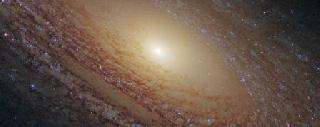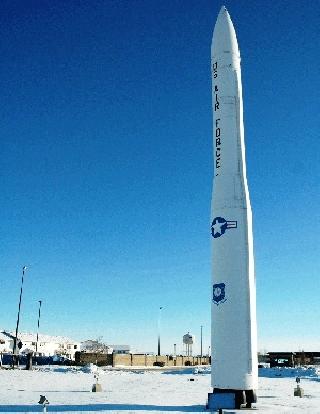
The galaxy NGC 2841. Photo by NASA, ESA and the Hubble Heritage
PARIS (BNS): An international team of astronomers is using the new Wide Field Camera 3 (WFC3) installed on the NASA/ESA Hubble Space Telescope to study a sample of nearby, but wildly differing, locations where stars are forming.
The galaxy NGC 2841 is one of several nearby galaxies that have been specifically chosen for a new study in which a pick ‘n’ mix of different stellar nursery environments and birth rates are being observed. It currently has a relatively low star formation rate compared to other spirals.
The observational targets include both star clusters and galaxies, and star formation rates range from the baby-booming starburst galaxy Messier 82 to the much more sedate star producer NGC 2841.
The driving force behind star formation is particularly unclear for a type of galaxy called a flocculent spiral, such as NGC 2841, which features short spiral arms rather than prominent and well-defined galactic limbs.
Star formation is one of the most important processes in shaping the Universe; it plays a pivotal role in the evolution of galaxies and it is also in the earliest stages of star formation that planetary systems first appear.
WFC3 was installed on Hubble in May 2009 during Servicing Mission 4, and replaces the Wide Field and Planetary Camera 2.
 Previous Article
Previous Article Next Article
Next Article











The Indian Air Force, in its flight trials evaluation report submitted before the Defence Ministry l..
view articleAn insight into the Medium Multi-Role Combat Aircraft competition...
view articleSky enthusiasts can now spot the International Space Station (ISS) commanded by Indian-American astr..
view article